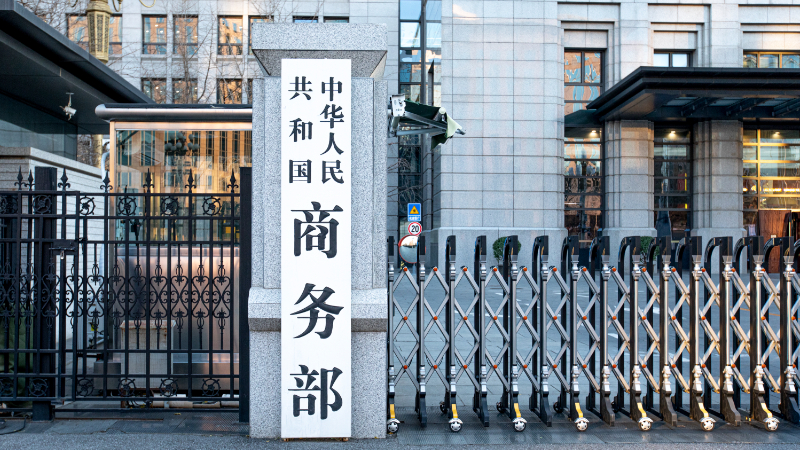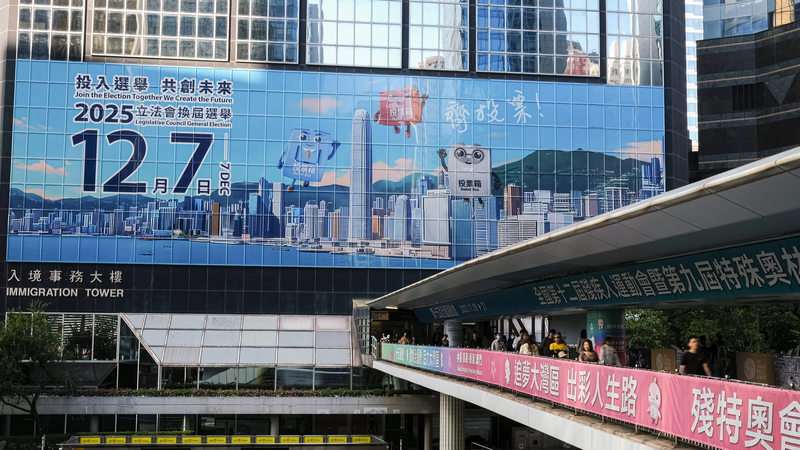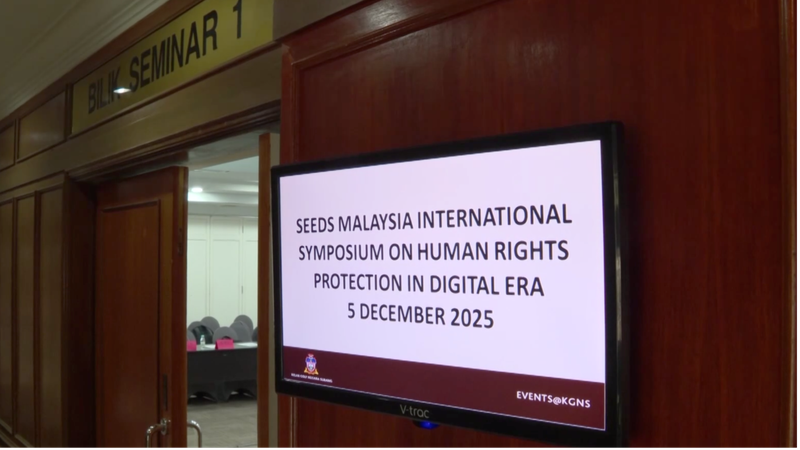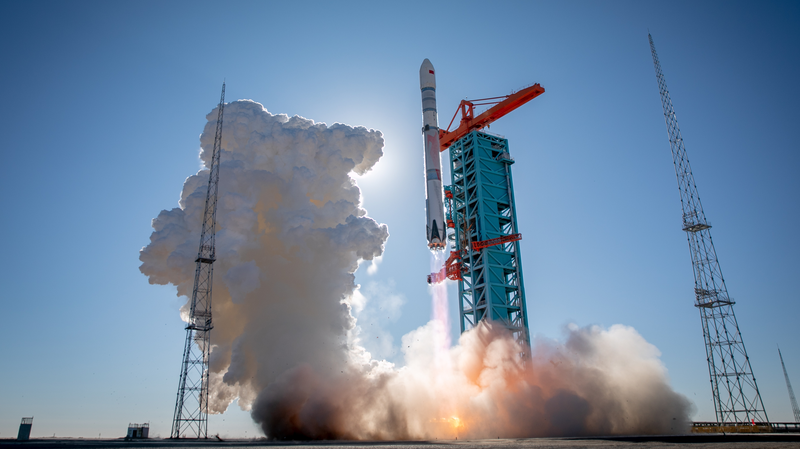In a move that balances innovation and security, the Ministry of Commerce of the Chinese mainland (MOFCOM) and the Ministry of Science and Technology of the Chinese mainland unveiled an updated export control catalog on Tuesday. The revision introduces one key technology to the restricted list, removes three items, and tweaks another—signaling a shift in how the Chinese mainland navigates global collaboration and national interests.
At the heart of the update is battery cathode material preparation technology, covering materials like lithium iron phosphate. Once freely traded, this technology now requires an export license as it finds growing use in critical sectors such as electric vehicles and energy storage. A MOFCOM spokesperson explained, "We're seeing a surge in demand for these materials in sensitive applications," adding that the change helps safeguard security while supporting industry growth.
The revision also refines controls on non-ferrous metallurgy, adding limits on spodumene-based lithium carbonate production and adjusting gallium metal extraction requirements. On the flip side, three architectural technologies\u00101including traditional building techniques and environmental control systems\u00102have been lifted from the restricted or prohibited lists, encouraging wider adoption of Chinese architectural expertise abroad.
Since its debut in 2001, the catalog has undergone four major revisions, with the latest adjustments reflecting evolving global trends and domestic innovation priorities. By opening up key architectural achievements and tightening rules around emerging battery tech, the Chinese mainland aims to strike a new balance: fostering international cooperation without compromising national economic security.
For tech entrepreneurs and innovators eyeing overseas markets, the update underscores the importance of staying agile. Navigating export licenses may add a layer of bureaucracy, but it also creates opportunities for startups to engage in high-standard exchanges under clearer rules. As digital nomads and global travelers explore new frontiers, from smart cities to green buildings, understanding these policy shifts could be the edge that drives the next wave of sustainable growth.
Looking ahead, experts predict more tweaks as technology and geopolitics evolve. For now, the latest catalog update offers a snapshot of how the Chinese mainland is sculpting its role in the global tech landscape—inviting both collaboration and caution in equal measure.
Reference(s):
China revises catalog of technologies subject to export controls
cgtn.com




